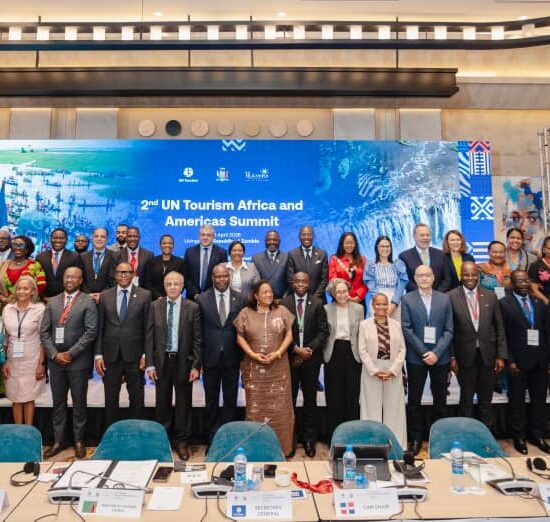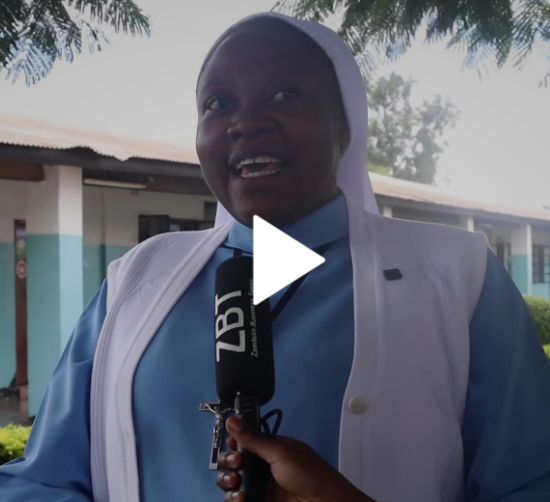
Zambia continues to struggle with high levels of unemployment, particularly among the youth. Despite efforts to address the unemployment rate, the situation is made worse by the fact that more graduates are being churned out of universities and colleges with limited prospects for employment.
Currently, the country is facing a significant challenge as over 10,000 job seekers have applied for only 250 positions in the immigration department which is a clear indication of the high levels of unemployment in the country and the desperation among job seekers to secure any available opportunity.
The Department of Immigration has exclusively told the Zambian Business Times – ZBT, that a total of 10, 529 youths countrywide have applied for the 250 immigration positions which were recently advertised.
According to the Department of Immigration public relations officer Namati Nshinka, a total of 7,113 applications were received for 150 immigration assistant positions Countrywide while 3,416 applications were received for 100 border guard positions countrywide.
Lusaka Province had the highest number of applicants with 4, 446 followed by Southern Province with 888 applicants. Central province was third with 875 applicants followed by Eastern province with 716 applicants.
Western Province was fifth with 569 applicants followed by North Western Province with 559 applicants. Luapula Province had 458 followed by Muchinga province with 431 applicants while Northern Province had the lowest number of applicants with 412.
The high number of job seekers in Zambia highlights the need for urgent measures to address the problem of unemployment. The government needs to create more job opportunities, particularly in the private sector, to absorb the growing number of graduates and reduce the levels of unemployment in the country.
It is also important for the government to heavily invest in vocational training programs that equip young people with skills that are in demand in the job market.
According to the Population Council and UNFPA Report of 2018, Youths comprise the majority of Zambia’s population. The government has since been implored to work towards fulfilling the potential demographic dividend its youth population presents such as investing in enhanced education quality and skills development, increasing access to education opportunities such as enabling higher education by as many youth as possible, reforming the curriculum by ensuring that it focuses on meeting the labor market demands so that youths are effectively prepared for good paying jobs, creating more jobs through various economic diversification programmers, fortifying governance and accountability systems and ensuring that commitments to youth programs are fulfilled and effectively supported through budgetary allocations and exploring a youth accountability framework to monitor the implementation of youth policies.







